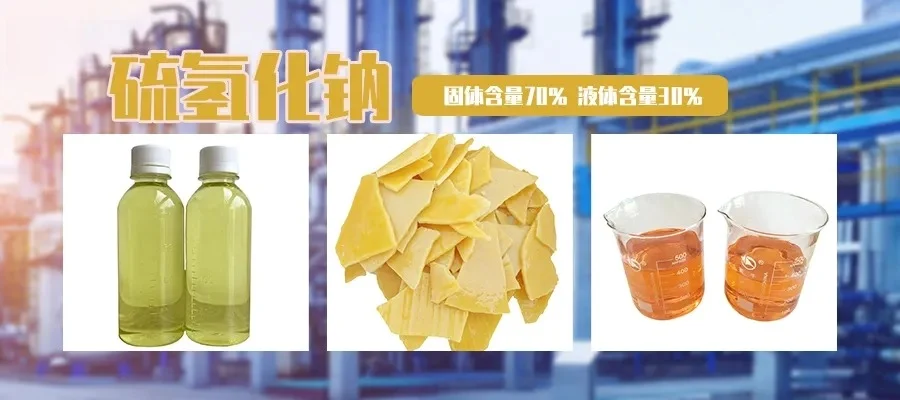
Sodium sulfide and Sodium hydrosulfide are two products obtained through the alkaline absorption method for treating ammonia synthesis industrial waste gas. Both sodium sulfide and sodium hydrosulfide have wide applications. Sodium sulfide can be used in the dye industry to manufacture sulfur dyes, in the non-ferrous metallurgy industry as a flotation agent for ores, in the leather industry as a dehairing agent for raw hides, and in the paper industry as a cooking agent for paper. Sodium hydrosulfide can be used in the dye industry for synthesizing organic intermediates, in the leather industry for dehairing and tanning raw hides, and in the fertilizer industry for removing monomer sulfur from activated carbon desulfurizers.
Sodium hydrosulfide is a new type of chemical raw material developed after sodium sulfide, and it predominantly exists as HS⁻ ions in water. Its aqueous solution has a lower alkalinity compared to sodium sulfide, and it exhibits superior application performance in light industry, chemical industry, and other fields. For example, it is used as a raw material for producing ammonium sulfide and ethyl mercaptan; in the mining industry, it is widely used in copper ore beneficiation.
Currently, most enterprises operate by collecting hydrogen sulfide gas and carbon dioxide generated during the preparation of strontium carbonate, ensuring that the hydrogen sulfide gas and carbon dioxide have certain concentrations and pressures before introducing them into the alkaline solution for reaction. This means that the preparation processes for strontium carbonate and sodium hydrosulfide are separate, and prior to the preparation of sodium hydrosulfide, workers need to perform numerous intermediate handling and formulation steps, making the preparation process relatively complicated.
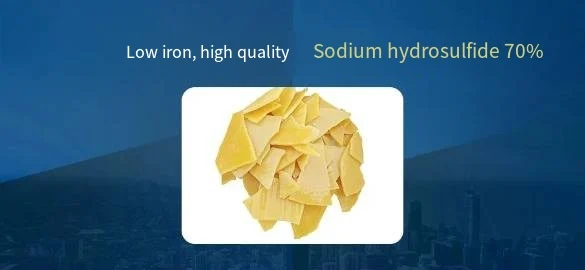
Production Process Steps
1. The sodium sulfide aqueous solution is introduced into the first reaction tower through a carbon dioxide recovery tower, and carbon dioxide is also introduced into the first reaction tower, where the sodium sulfide aqueous solution and carbon dioxide react.
2. In step (1), the resulting strontium carbonate, generated hydrogen sulfide gas, and unreacted carbon dioxide are collected and reintroduced from the first reaction tower into the carbon dioxide recovery tower. The unreacted carbon dioxide reacts with the sodium sulfide aqueous solution in the carbon dioxide recovery tower, while the hydrogen sulfide gas enters the second reaction tower through the carbon dioxide recovery tower.
3. Sodium hydroxide alkaline solution is introduced into the second reaction tower through the hydrogen sulfide recovery tower, where the hydrogen sulfide gas reacts with the sodium hydroxide alkaline solution in the second reaction tower.
4. The product sodium hydrosulfide from step (3) is collected, and the unreacted hydrogen sulfide gas is reintroduced into the hydrogen sulfide recovery tower to react with the sodium hydroxide alkaline solution.
In summary, this process can sequentially produce strontium carbonate and sodium hydrosulfide, demonstrating good process continuity and achieving the recycling of raw materials and products. Additionally, this process simplifies the preparation of sodium hydrosulfide by reducing the need for numerous intermediate handling and formulation steps. Furthermore, it effectively absorbs carbon dioxide and hydrogen sulfide gas, preventing hydrogen sulfide from being released into the atmosphere and causing air pollution.
- Random Content
- Hot content
- Hot review content
- Flexible Customer and Supplier Relations Specialist:Location: Laos
- Dithiophosphate 25S
- Booster(Detonating insensitive explosives)
- Digital Electronic Detonator(Delay time 0~ 16000ms)
- Acetone
- Potassium Permanganate – Industrial Grade
- Thiourea 99% high activity Professional Producer
- 1Discounted Sodium Cyanide (CAS: 143-33-9) for Mining - High Quality & Competitive Pricing
- 2Sodium Cyanide 98% CAS 143-33-9 gold dressing agent Essential for Mining and Chemical Industries
- 3Sodium Cyanide 98%+ CAS 143-33-9
- 4China's New Regulations on Sodium Cyanide Exports and Guidance for International Buyers
- 5Anhydrous Oxalic acid 99.6% Industrial Grade
- 6Oxalic acid for mining 99.6%
- 7Reagent Grade/Industrial Grade Hydrochloric Acid min.31%
- 1Sodium Cyanide 98% CAS 143-33-9 gold dressing agent Essential for Mining and Chemical Industries
- 2High Quality 99% Purity of Cyanuric chloride ISO 9001:2005 REACH Verified Producer
- 3 High-Quality Sodium Cyanide for Leaching
- 4Powdery emulsion explosive
- 5Industry Grade Electron grade 98% Sulfuric Acid H2SO4 Sulphuric Acid Battery Acid Industrial Sulfuric Acid
- 6Colloidal emulsion explosive
- 7sodium hydrosulfide 70% flakes used Mining Industry





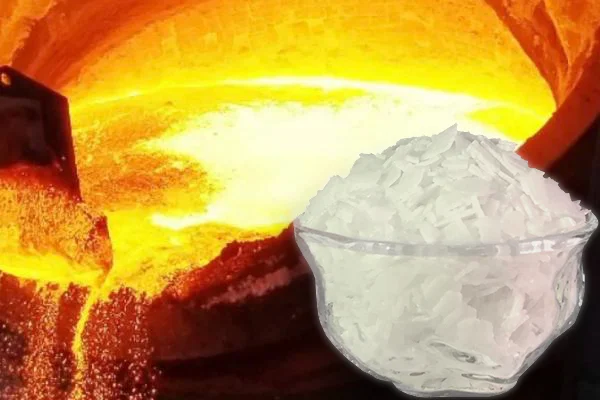
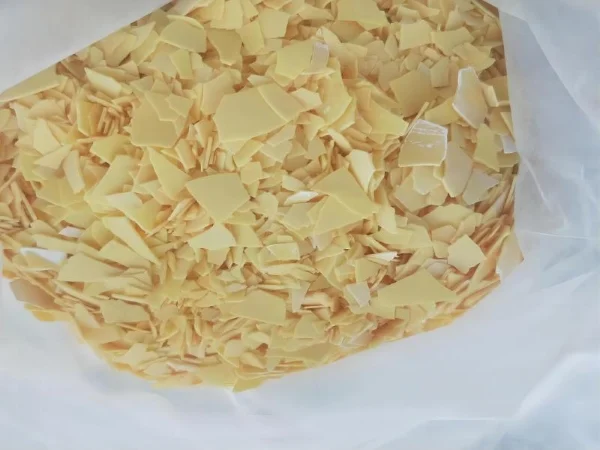
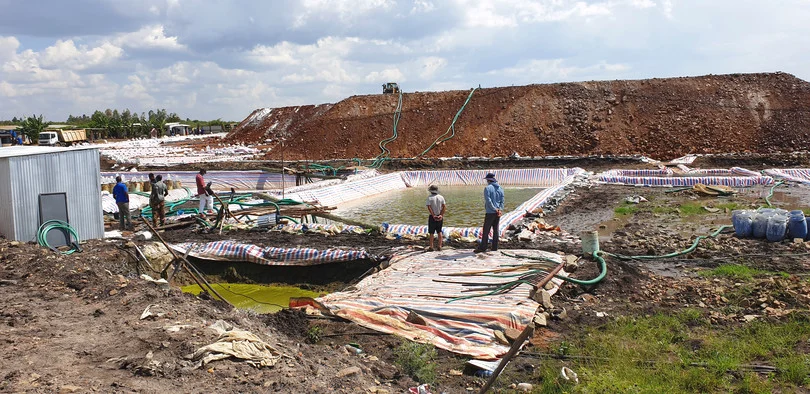




Online message consultation
Add comment: